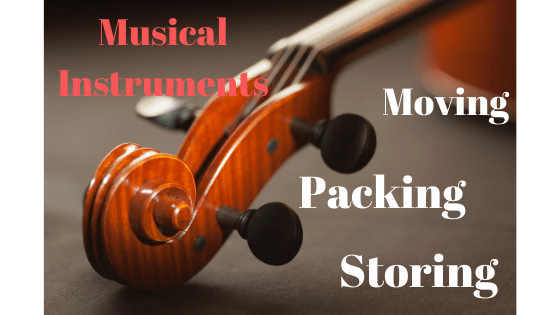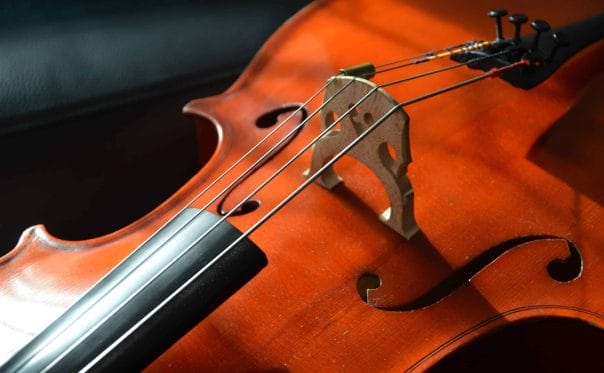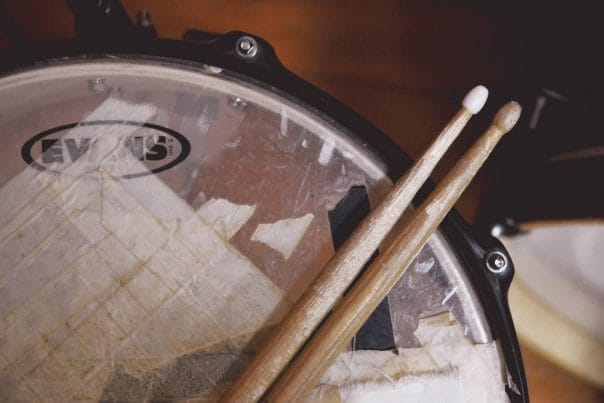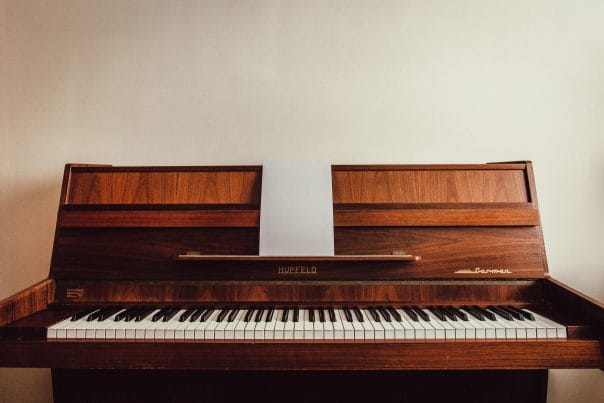Transporting your instrument to a new place can be a stressful experience. It can be hard to trust others to be just as careful as you would be. And even then, there’s still the question of ‘what if?’
What if it wasn’t secure enough?
What if my instrument gets damaged?
As a musician, I can relate. But I’ve compiled some handy tips on how to move instruments as safely as possible.
How to protect the following kinds of instruments:
Strings
When transporting stringed instruments you have to be especially careful. (Though you should be careful with any instrument). This is because there are lots of parts on stringed instruments that could get damaged. (Think: the bridge, pegs and thin neck). Make sure to use a hard case, put extra padding inside, and be careful when handling it.
Wind and Brass
Many cases are already hard, but if not it is recommended to use one. Hard cases will better prevent your instrument from being dented or scratched.
Like with strings, it is a good idea to use a hard case for wind and brass too. This stops your instrument from being dented or scratched. Most of these instruments already come with hard cases. But if not, it might be a good investment.
Make sure your instrument fits securely inside your case, and that it doesn’t move around too much.
Hard Cases and Flight Cases
Hard cases can help in a lot of ways. The most obvious one is that they are better for preventing damage. The hard ‘shell’ of the case absorbs impact from any knocks rather than the instrument itself. Hard cases also prevent moisture buildup, which also cause damage to the instrument.
Percussion
The most commonly transported percussive instrument is the drum kit. Transporting this should be straightforward, even if you don’t have flight cases. Make sure to pad your drums with bubblewrap or another soft material. And place them in a box or other container. The same goes for cymbals if they don’t have cases.
Other instruments, like timpani or marimbas will likely need moving by professionals. As these will be easier to break, it’s important that they are handled properly.
Pianos
Pianos, like bigger percussion instruments, are also better to be moved by professionals. Despite their big size, pianos are actually very fragile. One wrong move or accident could result in a lot of damage. When moving, the piano should be placed on top of another moveable board. It should not be wheeled long distances or over hard terrains on its wheels as they could break.
Extra:
Another thing to make sure of is that your case is secure. If the latches are a bit loose, it might be a good idea to wrap a belt around it. Or attach a padlock to zips to make it harder to get into.
Be aware of changing temperatures. These can affect instruments in many ways. It can cause the wood or strings of stringed instruments to warp, distorting their sound.
Insurance
If the unspeakable happens, and your instrument actually does get damaged, repairs are going to be costly. This is why it could be a good idea to take out insurance for your instrument. That way, the cost of repairs will be covered and more affordable.
House not ready yet?
If your new place isn’t entirely ready to house your instruments, you could consider self storage. Preparation for storage is a similar process to preparing your instrument for a move. Short term storage is relatively harmless to your instrument. But for longer periods of time you may need to take extra precautions. Such as protective wax or resin so the wood of an instrument doesn’t warp. Finding a climate controlled storage site may also be a good idea.
Hopefully, this will give you insight into how to move your instrument from place to place. A damaged instrument is something nobody wants. So you’ll want to take as many precautions to avoid this as you can.
Author Bio
Jasmine is an avid blogger and part of the writing team over at a self storage site – Twenty4 Secure Storage. She is currently in her second year of studying Music and English and enjoys performing regularly.






